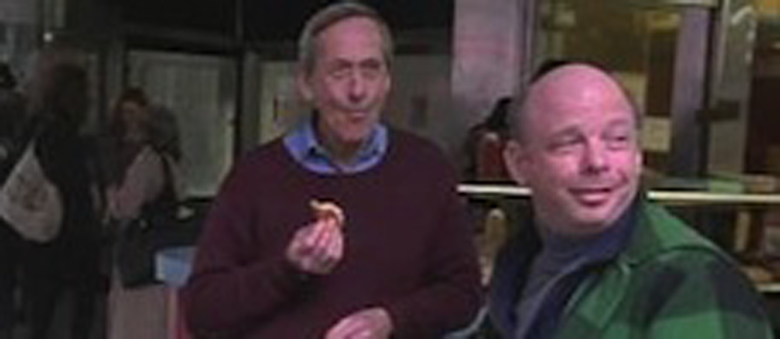Reviews
Louis Malle
USA, 1994
Credits
Review by Lindsay Peters
Posted on 02 December 2010
Source Columbia TriStar Home Video DVD
Categories Malle Entendu: The Ecstatic, Eclectic Cinema of Louis Malle
Thirteen years after My Dinner With Andre, Louis Malle reunited with Andre Gregory, and reteamed with Wallace Shawn for the fourth time, to document a staging of Chekhov’s Uncle Vanya. Initially created as a permanent work in progress never meant for the public eye, Gregory and his cast rehearsed a version of David Mamet’s adaptation off and on for four years. They eventually agreed to put on a series of select performances for a private audience, quickly making their Uncle Vanya the most exclusive theatrical event in New York.1
Vanya on 42nd Street takes place within the confines of the crumbling New Amsterdam Theater, the former home of the Ziegfeld Follies which has since reopened after extensive renovations by the Walt Disney Co. In the film, however, the theatre is little more than a derelict shell of its former splendor, the cast confined to the orchestra pit by an unusable stage with rigging entirely chewed through by rats. This exquisite ruin of a theatre turns out to be the perfect venue in which to dramatize a play which centers on themes of faded hope and lost opportunity. On a metatextual level, this setting is fitting for a struggling Russian family on the cusp of a new century soon to be rife with political and industrial revolution.
Wallace Shawn is the bitterly defeated Vanya, who declares, in a Brandosian interpretation of Chekhov’s words, “I coulda been a Schopenhauer, I coulda been a Dostoevsky.” He pursues the young and beautiful Yelena, who endures Vanya’s advances with subtly derisive laughter while remaining unrelentingly faithful to her husband, Vanya’s brother-in-law and aging scholar Serybryakov (George Gaynes, whose self-important orations readily recall his comedic overtures as John Van Horn in Tootsie). Serybryakov’s daughter, Sonya is achingly sympathetic when she acknowledges the limitations dealt to her by her plain looks, yet continues to yearn for the self-serving Dr. Astrov. Through wonderfully phrased verbal battles and reconciliations - Shawn in particular savors each syllable of his disdainfully turned out phrases - each character methodically elaborates on the play’s thematic preoccupation with the elusive nature of happiness.
Malle opens the film on a bustling 42nd street, the camera attracting alternately curious and annoyed glances from passersby; this device marks the only explicit acknowledgment of Malle’s directorial role. The camera then finds the actors as they emerge from the subway and cross busy intersections to come together on the sidewalk, some laughing and whispering ecstatically to each other, only to disappear into the quiet of the New Amsterdam and the past lives of their characters.
The chaos of 42nd street ultimately emphasizes the otherworldly space of the New Amsterdam. Like My Dinner With Andre, Vanya on 42nd Street displays Malle’s ability to film tightly enclosed spaces without calling attention to his own directorial presence. That said, self-referential reminders of the artificial construction of Vanya as both film and production do occur: one scene in particular includes an I Heart NY coffee cup placed prominently on the family dining room table, and a cast break at the midpoint of the film serves as an intermission. Interestingly, the segments outside of the play are executed with a self-referential artifice that’s absent when Vanya is in progress. The opening sequence concludes with the actors walking down the street together with their director in a way that recalls a 90s sitcom opening; only audience members are referred to by names that are not their own during brief appearances in the opening sequence and intermission.
Gregory describes the series of tragedies which delayed the transformation of his informal project into a cinematic production in a 2005 interview with American Theatre 2: after losing his wife, he attempted to mount a final, filmed performance with Malle only to have cast member Ruth Nelson go blind after a severe stroke. Malle then underwent a quadruple bypass, delaying the film indefinitely. Frail and suffering from what would soon turn out to be terminal cancer, Malle agreed to restart the project two years later. Described by Gregory as a ‘documentary record,’ Vanya on 42nd Street is a film whose genre is impossible to define, marking a fitting end to a career based on nonconformity.
- The limited staging of Gregory’s Uncle Vanya is essentially a dramatization of Chekhov’s tendency to show that something not happening can be just as valid, dramatically speaking. Vanya, for example, climaxes with the anti-climax of Vanya firing his pistol at the professor in a rage, only to miss wildly.↩
- London, Todd. “Andre Gregory on the Making of Uncle Vanya.” American Theatre. March 2005. Vol. 22, No. 3. 20.↩
More Malle Entendu: The Ecstatic, Eclectic Cinema of Louis Malle
-
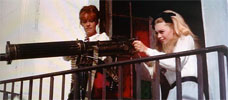
Viva Maria!
1965 -
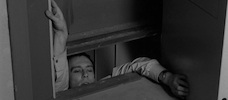
Elevator to the Gallows
1957 -
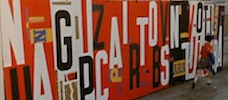
Zazie dans le métro
1960 -
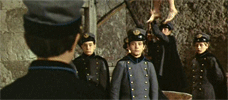
William Wilson
1968 -
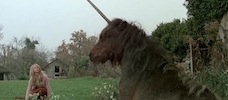
Black Moon
1975 -
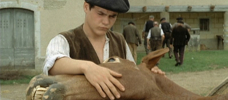
Lacombe, Lucien
1974 -
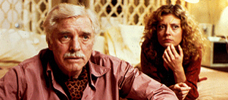
Atlantic City
1980 -
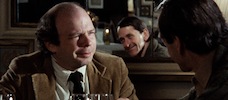
My Dinner with Andre
1981 -
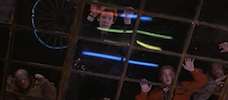
Crackers
1984 -
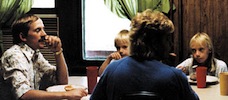
God’s Country
1985 -

Vanya on 42nd Street
1994
We don’t do comments anymore, but you may contact us here or find us on Twitter or Facebook.



